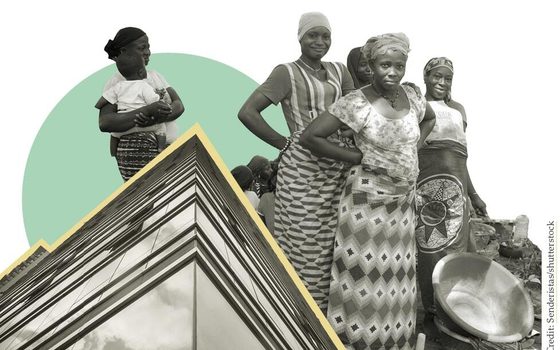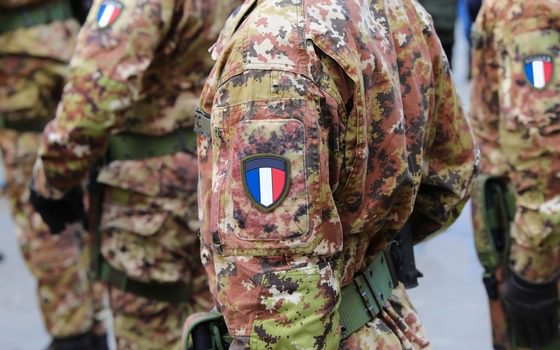Losing the inflation race
Poorly targeted policy is failing to prevent an income crisis
05 May 2022
The spring statement failed to support low- and middle- income households through the highest level of inflation in a generation. Despite the measures announced on the day, NEF found that 23.5 million people would be unable to afford the cost of living.
In the month since, the situation has worsened. The International Monetary Fund has downgraded its gross domestic product forecast for the UK from 4.7% to 3.7%, making it the slowest growth estimate in the G7. The Bank of England has also warned of a rise in customers defaulting on loans in the coming months. At the same time, retail sales have dropped and consumer confidence has fallen to the lowest point since the financial crash. Perhaps most shockingly, one in 10 parents say they are now very likely to use a food bank over the coming three months. Government policy is failing to support both household incomes and the wider economy.
But high inflation, driven primarily by fuel and energy prices, does not impact everyone equally. New NEF modelling shows that, on average, price increases have pushed up the cost of an essential basket of goods and services (as per the Minimum Income Standard (MIS), measured by the Centre for Social Policy Research) by £2,300 a year. This rise in costs for the poorest half of families is nine times larger than for the richest 5% as a proportion of income (Figure 1 below). Even for families in the middle of the income distribution, the rise in costs is six times larger than for the richest 5% as a proportion of income.
Different demographics are also impacted differently. Single female and black, Asian or other ethnic minority (BAME) households are experiencing costs that are 50% higher than their male and white counterparts (respectively) as a portion of their income. Single women will see average costs increasing by £1,400 (6% of income) compared to £1,110 (4% of income) for single adult male households (Figure 2 below). White households are experiencing an average increase in the cost of living of £2,200 (5% of their income) while the increase for BAME households is £2,900 (8% of their income). These outcomes are in part a reflection of pre-existing gender and racial inequalities such as those that contribute to pay gaps in the labour market and unequal responsibility for childcare.
At the spring statement, instead of announcing support for those who need it most in the short term through the social security system, or major investment towards insulating homes to help people longer term, the chancellor put forward poorly targeted and regressive tax cuts. Our analysis finds that the richest 5% of families will be £600 better off each year as a result of the fuel duty cut and increase to national insurance threshold combined. The poorest half of households will only see an average increase of £300.
These poorly targeted policies fail to support the households most affected by the crisis. For everyone outside of the highest income 5% of families, price increases will exceed any net increases in income following the combination of policy changes that took effect from April 2022 – including tax changes, council tax band rebates and energy bill loans – and wage increases (Figure 4 below).
The poorest will be worst impacted, with an effective squeeze on disposable incomes of more than 10% (£1,500, Figure 3 below). Middle income families are also being newly pushed into crisis in unprecedented numbers. An additional 2.2 million people across 900,000 households will see their incomes fall below the MIS in 2022 compared with 2021, despite these families having average earnings from work of £33,000 before tax. Many of these families will be making routine sacrifices on essentials like household bills, replacing clothes or a trip to the dentist for the first time.
Our research shows that both the cost-of-living crisis and the policy response so far, will deepen inequality in Britain. While the top earners will be protected by their salaries outpacing the increase in costs, the poorest will struggle with up to 10% of their income needed just to cover price increases on essential goods. For a lot of people, this has already proven unaffordable. The crisis will exacerbate inequalities experienced by women and BAME people, while those newly falling into hardship are predominantly working families with significant earnings.
We urgently need a new way of doing income support to ensure households do not fall deeper into destitution. Poverty limits people’s freedom, restricts education and health outcomes and reinforces the imbalance in our economy. A Living Income would free society of this inequality, creating a fairer society while reducing the risks of recession.
But the importance of universal credit and legacy benefits is being largely ignored by politicians, despite calls for an emergency budget. Our social safety net is a vital economic lever. By stabilising income at an adequate rate, any economic downfall can be smoothed out automatically and any hardship associated reduced. All the signs indicate that our economy is faltering. The time to act is now.
Image: iStock
Topics Social security Inequality






